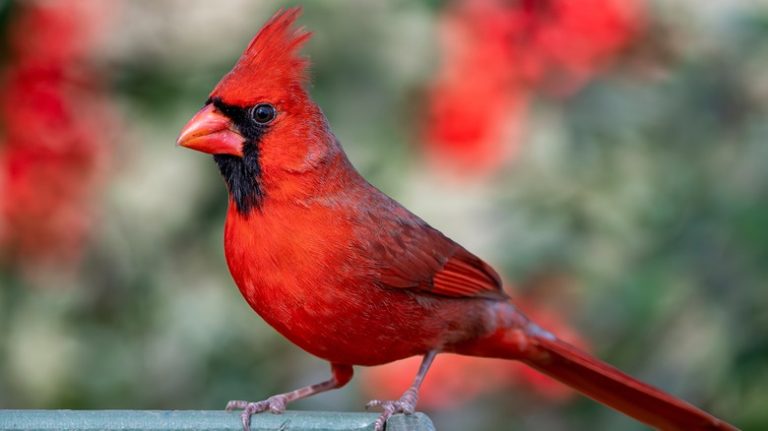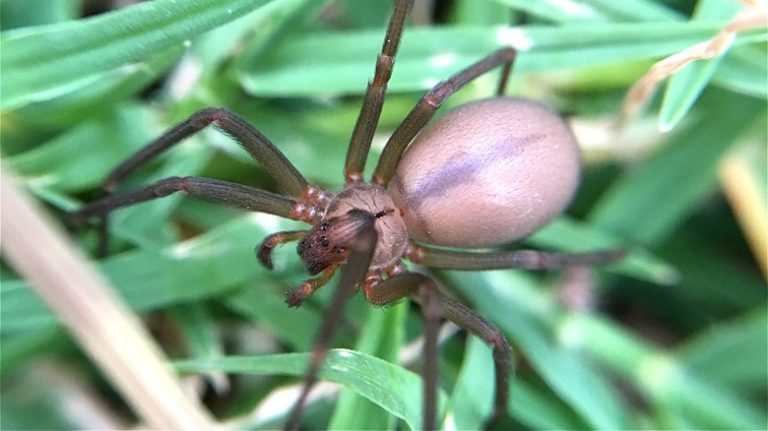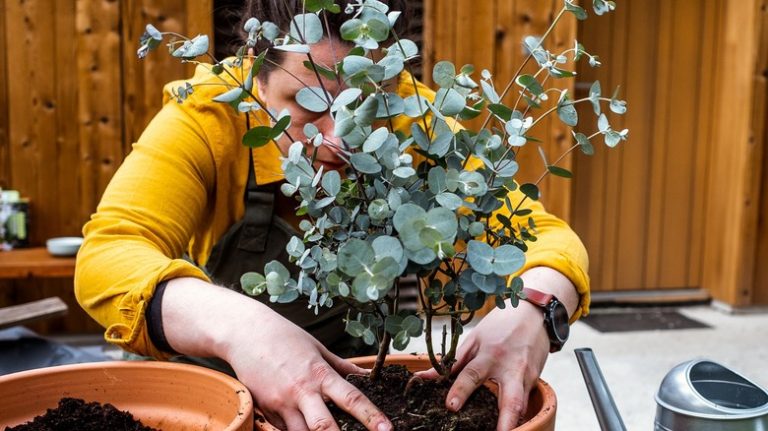Butterfly bush, also known as buddleia, is a popular choice for gardeners looking to attract butterflies, hummingbirds, and other pollinators to their yard. These beautiful bushes are known for their showy flowers, long bloom time, and ability to tolerate a wide range of growing conditions. While they can be grown from seeds, propagating butterfly bush from cuttings is a more reliable and quicker method.
There are several steps to successfully propagating butterfly bush from cuttings. The first step is to choose a healthy branch from an existing bush. It’s important to select a branch that is not dead or damaged, as this will affect the success of the propagation. Next, using sharp and clean pruners, cut a 4-6 inch piece of the branch at a 45-degree angle. Remove any leaves from the lower half of the cutting, as this will be placed in the rooting medium.
Before preparing the cutting for rooting, it’s important to choose the right variety of butterfly bush. There are many different species and cultivars available, each with their own unique characteristics. Some varieties may grow as tall as 10 feet, while others are smaller and more compact. It’s important to choose a variety that will fit well in the desired location and growing conditions. After selecting the right variety, dip the cut end of the branch in rooting hormone to encourage successful rooting.
After preparing the cutting, it’s time to place it in a rooting medium. This can be a mixture of perlite and peat moss or a rooting hormone gel. The cutting should be placed about 2 inches deep in the rooting medium. Once the cutting is in place, water thoroughly and place a plastic bag or plastic wrap over the top to create a greenhouse effect. This will help to keep the cutting moist and provide the right conditions for root growth.
Caring for the cutting during the rooting process is important to ensure success. The cutting should be kept in a warm and well-lit area, but out of direct sunlight. It’s important to check the moisture level of the rooting medium regularly and water as needed to keep it consistently moist. After about 2-4 weeks, the cutting should start to show signs of new growth, indicating that roots have formed. At this point, the cutting can be carefully transferred to a pot or into the ground for further growth.
It’s important to note that butterfly bush is considered an invasive species in some areas. Before propagating or planting butterfly bush, it’s important to check the local regulations and restrictions regarding its use. In areas where butterfly bush is allowed, it can be a wonderful addition to the garden, providing beautiful flowers and attracting a variety of pollinators. With the right care and propagation methods, you can easily grow your own butterfly bush and enjoy its beauty for years to come.
Propagate Buddleia Butterfly Bush
The Butterfly Bush, also known as Buddleia, is a showy and non-native species that is loved by gardeners for its colorful and fragrant flowers. It is a fast-growing bush that can reach a height of 3 to 15 feet, depending on the variety. The flowers can be found in a variety of colors, including purple, pink, white, and yellow, although the purple variety is the most popular.
Propagating Buddleia can be done through various methods, including seeds, cuttings, or layering. However, the most common and relatively easy method is by taking softwood cuttings. This method has been proven to be successful, especially when done in warm conditions.
To start propagating your Butterfly Bush, it is important to prepare the cuttings in the early spring before new growth begins. You will need a sharp and clean pair of pruning shears or scissors to make a clean cut on a healthy branch. Make sure the branch you select is about 4 to 6 inches in length and has no signs of disease or pests.
Before preparing the cuttings, it is also important to know your plant’s hardiness zone and consider the weather conditions it can tolerate. Butterfly Bushes are generally hardy in zones 5 to 9 and can tolerate heat and some colder conditions, although they prefer warm and sunny locations.
Once you have selected the right branch for the cuttings, make a diagonal cut just below a set of leaves. Remove any leaves and flowers from the lower one-third of the cutting, leaving only a few leaves at the top. This will help prevent water loss and encourage the cuttings to root.
Before placing the cuttings in a pot or planting them in the ground, it is important to dip the cut end in a rooting hormone powder. This will help promote root development and increase the chances of success. After dipping, gently tap the cutting to remove any excess powder.
Now you are ready to either place the cuttings in a pot filled with a well-draining potting mix or directly in the ground. If using a pot, make sure it has drainage holes to prevent waterlogging. Plant the cutting about an inch or two deep and firm the soil around it to ensure good contact.
Water the cuttings well after planting and keep the soil consistently moist but not waterlogged. Place the pot or plant in a warm and sunny location, but protect it from direct sunlight during the hottest part of the day. This will help prevent wilting and ensure the cuttings have the right conditions to root.
During the rooting process, it is important to be patient and monitor the progress of the cuttings. Some may root and start showing new growth in a few weeks, while others may take longer. It is normal for some cuttings to fail, so it is recommended to take multiple cuttings to increase the chances of success.
Once the cuttings have rooted and are well-established, you can transplant them to their permanent location in your garden. Choose a sunny spot with well-drained soil and plenty of space for the bush to grow. Buddleia Butterfly Bushes tend to grow bushier and produce more flowers when given ample space.
In summary, propagating Buddleia Butterfly Bush can be a rewarding experience for gardeners. By following these steps and taking into consideration the specific needs and characteristics of your plant, you can successfully propagate this beautiful and fragrant bush. Not only will you have more Butterfly Bushes to enjoy in your garden, but you will also be providing a food source for pollinators, such as butterflies and hummingbirds.
Posts
Posts are a popular way to propagate butterfly bush. There are several types of posts that you can use, depending on the characteristics of the butterfly bush variety you have. Some varieties can be grown from cuttings, while others require division or seed propagation.
When starting propagation from cuttings, it is important to know that butterfly bushes prefer well-drained soil and full sun conditions. Early spring is the best time to take branch cuttings, as this will give the plant plenty of time to grow before colder winter conditions arrive. To take cuttings, simply cut a smaller stem from the parent plant, making sure to remove any foliage from the bottom two-thirds of the stem. Then, thoroughly water the stem and plant it in a pot with a moist growing medium. Be patient, as it may take up to 4 weeks for the cutting to develop roots.
If you prefer to start propagation from seeds, it is important to know that butterfly bush seeds require stratification, which means they need a period of cold, moist conditions to germinate. You can stratify the seeds by placing them in a plastic bag with moist vermiculite or peat moss and refrigerating them for 4 weeks. After stratification, plant the seeds in pots with a well-drained growing medium and keep them consistently moist.
Another method of propagation is division, which involves splitting the root ball of a mature butterfly bush into smaller sections. This is best done in early spring or late winter while the plant is still dormant. Carefully dig up the plant and divide it into smaller sections, making sure each section has roots and foliage. Then, plant the divisions in pots or directly in the garden, providing them with regular watering and proper care.
Overall, butterfly bushes are popular among gardeners for their ability to attract pollinators, such as butterflies and hummingbirds. While they can be invasive in certain areas, proper care and pruning can help keep them in check. Considerations, such as choosing the right variety for your climate and providing them with the right growing conditions, are important for their safety and growth. In conclusion, posts are a great way to propagate butterfly bush and add a touch of color to your garden.
How To Propagate Butterfly Bush
Butterfly bush (Buddleia) is a popular flowering shrub known for its beautiful and fragrant blooms that attract butterflies and other pollinators. If you want to introduce more of these eye-catching plants into your garden, propagation is a simple and cost-effective way to do it. Here’s how to propagate butterfly bush:
Step 1: Choose a healthy plant
Start by selecting a healthy butterfly bush with strong roots and a variety of foliage. This will ensure a successful propagation process.
Step 2: Know the right time to start
Propagation is often done in early spring when the plant begins to show new growth. This is also the best time to ensure the safety of the new plants.
Step 3: Take cuttings
Using a sharp and clean pair of pruners, cut 2 to 3 feet long stems from the existing butterfly bush. Make sure to make the cuts just below a leaf node and remove any old or dark foliage.
Step 4: Plant the cuttings
Prepare a pot or a planting container with moist potting soil. Dip the cut end of each stem into a rooting hormone to encourage root growth. Insert the cuttings into the soil and gently tap it to remove any air pockets. Water the cuttings thoroughly and place them in a warm and protected area.
Step 5: Provide proper care
Keep the cuttings well-watered and provide them with bright but indirect sunlight. Make sure to protect them from extreme heat or cold. Regularly check for moisture levels in the soil and adjust watering accordingly. Fertilize the cuttings with a balanced fertilizer to promote healthy and bushier growth.
Step 6: Separate and transplant
After the roots have developed, usually in about 2 to 3 weeks, you can separate the new plants and transplant them into individual pots or directly into your garden. Keep in mind the spacing requirements for butterfly bushes, as they can grow up to 6 feet in height.
Step 7: Prune and maintain
Prune your butterfly bushes in late winter or early spring to encourage new growth. Removing old and dead wood will help maintain the plant’s health and shape. Regularly fertilize and water the bushes to ensure optimal growing conditions.
Conclusion
Propagation of butterfly bush is a simple and rewarding process that allows you to expand your garden with these showy and butterfly-attracting plants. By following these steps, you can successfully propagate butterfly bush and enjoy their beauty for years to come.
Thanks for reading!
How to Propagate Butterfly Bush in Water
Propagating butterfly bush in water is a simple and popular method that beginners can easily follow. Before you start, there are a few things you should know.
Butterfly bushes are non-native and often invasive species, frequently seen in America. They are known for their beautiful, bushier foliage and their ability to attract butterflies with their orange, warm-toned blooms. Although they can tolerate heat and full sun, they may not be as successful in colder climates.
To propagate butterfly bush in water, you will need a branch from a mature plant. Cut a stem that is about 4 to 6 inches in length, making sure it has healthy foliage. Remove any flowers or buds from the stem.
Fill a glass or a small container with tap water and place the stem in the water. Make sure that at least two nodes are submerged in the water, as this is where the roots will develop from.
Place the glass or container in a sunny spot, but avoid direct sunlight. The water should be changed every few days to prevent diseases and to ensure the safety of the cutting.
Within a few weeks, you should start to see roots developing from the submerged nodes. Once the roots are about 2 inches long, you can separate the cutting from the main plant and plant it in a separate pot with well-draining soil.
It’s important to note that while propagating butterfly bush in water is a relatively simple method, it may not always be successful. If you have any questions or concerns, it’s best to ask an experienced gardener for advice.



